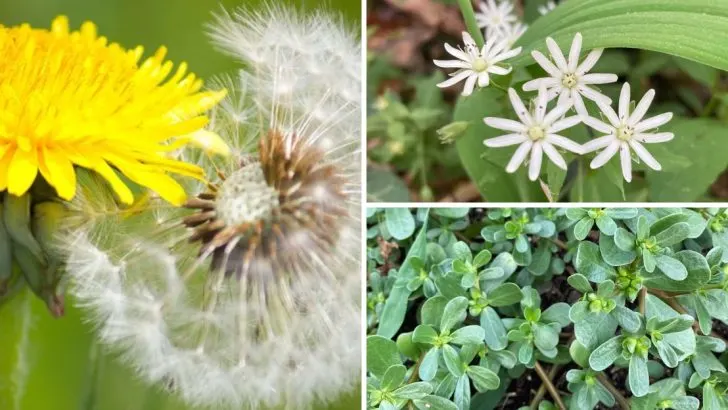Weeds usually get a bad rap — pulled out, mulched over, or cursed under your breath as they take over the garden bed. But some of the first weeds to pop up in spring are actually trying to tell you something. They’re more than just a nuisance; they’re little clues about what’s going on beneath the surface.
Different weeds thrive in different soil conditions, so spotting certain ones can give you a surprisingly accurate snapshot of your soil’s health, drainage, compaction, or nutrient balance. It’s not exactly a science fair experiment, but it’s close. Pay attention to what shows up first — it might just help you figure out what your soil needs (or what it has too much of).
Dandelion
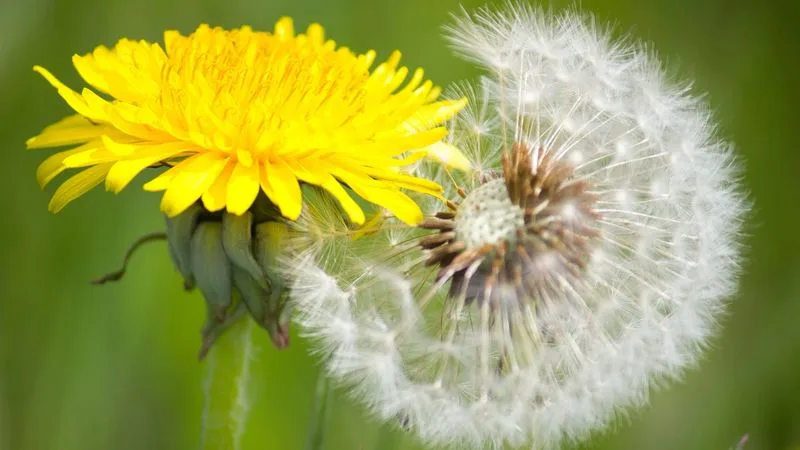
Dandelions, with their cheerful yellow blooms, are often the first to greet you in spring. They thrive especially well in compacted soil, making them a natural indicator of this condition.
If you notice a plethora of dandelions, it might be time to aerate your soil. These resilient plants have deep taproots, reaching down to extract nutrients and water, a sign that your surface soil might be lacking.
Their presence often suggests low calcium levels, as they prefer acidic environments. Addressing these issues can help reduce dandelion proliferation.
Chickweed
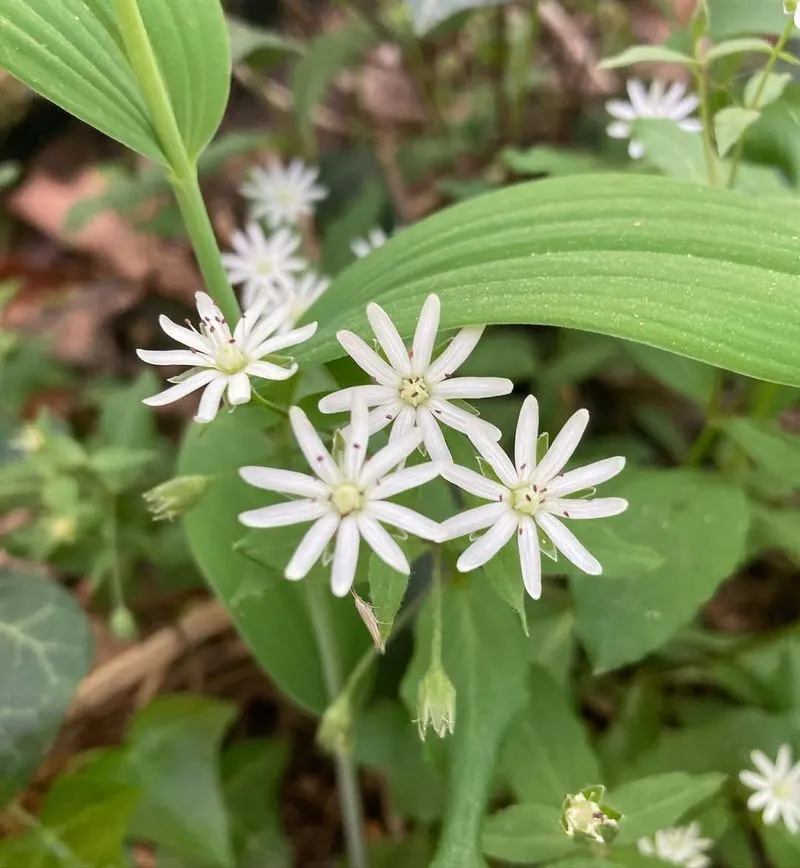
Chickweed’s delicate white flowers and lush green leaves may seem benign, but they indicate a very moist soil. This weed thrives in damp, rich soils that are often high in nitrogen content.
Its presence is a sign that your garden may have excellent fertility but could suffer from poor drainage. Chickweed loves shady areas, usually appearing where the soil stays cool and damp.
Managing moisture levels can prevent chickweed from taking over, especially in the cooler months when it flourishes the most.
Plantain
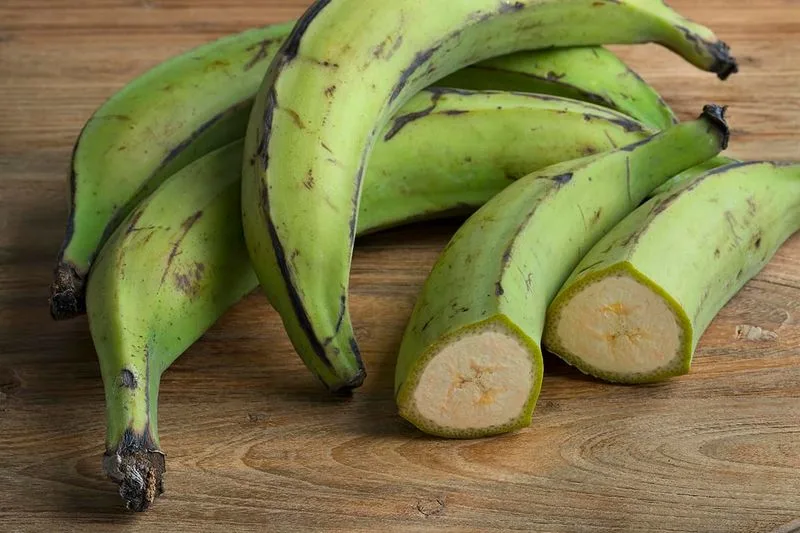
Plantain might not be your favorite guest, but its broad leaves are trying to tell you something. This weed thrives in compacted, poor soil that other plants might avoid.
If plantain dots your lawn, consider it a sign to improve aeration and soil quality. Their ability to tolerate low fertility and their presence in bare spots suggest that your soil needs more organic matter.
Adding compost and ensuring proper drainage can make a significant difference, encouraging healthier plant growth overall.
Purslane
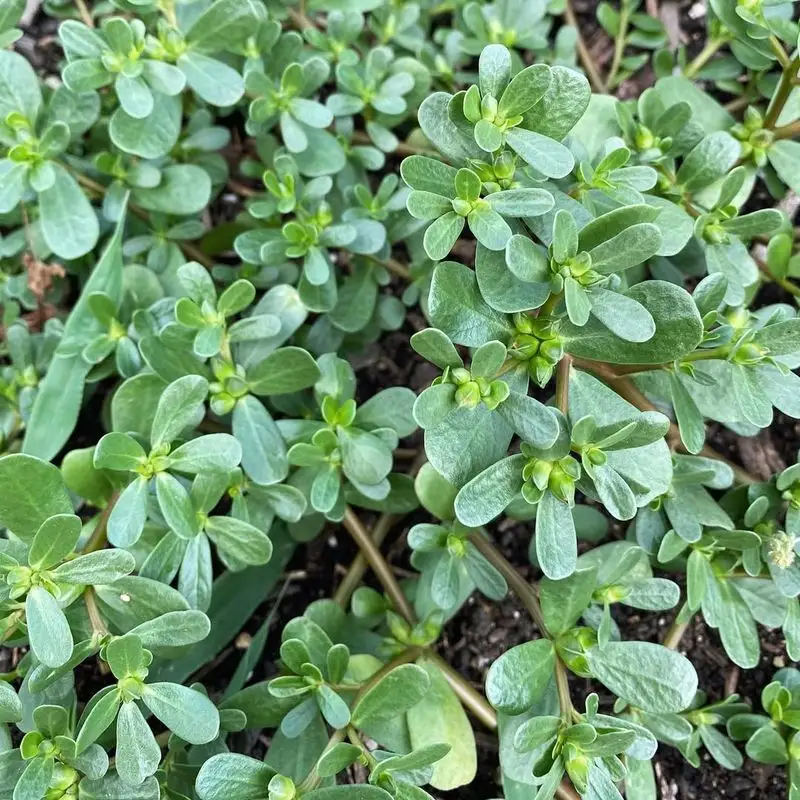
Purslane’s fleshy leaves shine under the summer sun, indicating dry, compacted soils where other plants might struggle.
This hardy weed thrives in hot and dry conditions, often appearing in sandy soils with low fertility. Purslane’s presence reveals a need for moisture retention strategies, like mulching or adding organic matter, to improve water retention.
Its tenacity is a sign that your soil might benefit from amendments to boost its nutrient levels while combating compaction.
Clover
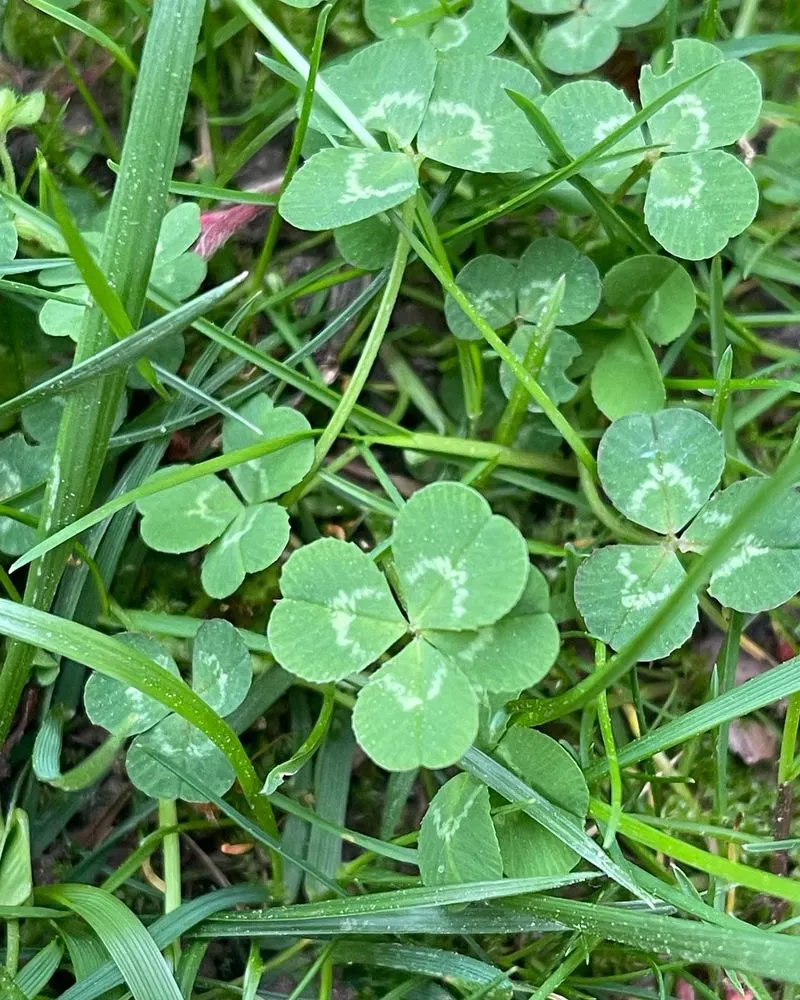
Clover, with its trifoliate leaves, often speaks of nitrogen-rich soil. Its presence means your garden has good fertility, but it may also suggest a lack of phosphorus.
Clover’s ability to fix nitrogen makes it a green thumb’s friend, yet its abundance can indicate that your lawn’s pH level is on the acidic side.
Balancing soil nutrients by adding phosphorus and checking pH levels can keep clover in check while maintaining a healthy lawn.

